Managing dynamic range is challenging. There are few things more disappointing than looking through the viewfinder of a DSLR at a colorful, vibrant scene, hitting the shutter then glancing at the rear screen only to see a JPEG image with clipped highlights, crushed blacks, or both.
 |
| Dynamic range limitations can catch you out at the most unexpected moments. In this instance, the yellow leaf is catching the light, clipping the green channel and meaning that its color is misrepresented. |
There are two challenges that the camera faces: picking a tone curve that can include a wide range of the tones in the final image and choosing an exposure that captures this wide range of tones. As you might expect, all in-camera DR modes aim to address one or both of these issues.
The first challenge comes because cameras tend to use a single, fixed JPEG tone curve designed to make most images look attractively punchy when they’re viewed on the relatively low dynamic range of most monitors or prints. High contrast scenes can extend beyond the range of tones squeezed into these images, which results in the darker tones in your image crushed to black and your highlights being clipped, if you try to expose the mid tones of your image correctly.
 |
Much of the problem is caused by the camera’s tone curve: a system that maps the brightness of tones captured in the Raw file to the brightness levels used in the final image.*1 |
Why don’t camera makers just use a lower-contrast tone curves? Because, although a flatter tone curve would make it easier to include the extra tones in high-contrast scenes, they’d leave the rest of your images looking drab and flat.
The second challenge comes from from the tension between choosing a short/dark exposure to retain highlight information and a long/bright exposure to capture the most light to keep noise levels low.
With time, patience and a relatively modern camera it’s possible to bracket a few shots to ensure you capture a Raw file with the highlights you want preserved, which you can then carefully process to pull the detail out of the shadows – effectively creating a tone curve customized to that specific image.
DR compression modes
But not every photographer has the time, knowledge or the inclination to do this. So most manufacturers include some sort of mode to capture and compress the wide dynamic range of high contrast scenes into attractive images.
There are two main methods of doing this. One is to use a different tone curve to brighten up dark tones in the scene, and prevent blacks clipping so readily in high contrast scenes. The other is to capture or retain more highlight information and use a tone curve that incorporates these additional highlight tones.
The best solutions do a bit of both.
Method 1: Adaptive tone curves
| Canon |
Auto Lighting Optimizer |
Nikon |
Active D-Lighting |
| Olympus |
Auto Gradation |
Pentax |
Shadow Adjustment |
| Sony |
Dynamic Range Optimizer |
Panasonic |
iDynamic |
Adaptive tone curves are used to expand the range of tones in an image beyond the ones that a standard tone curve would include. They do this by selectively brightening up what would otherwise be the shadow and deep shadow regions of the image.
Many of these are based on the work of a company called Apical, whose algorithm increases the breadth of tones in the image (lowering overall contrast) by analysing each part of the image and brightening the shadows while working to preserve local contrast, so the overall image doesn’t look flat.
To demonstrate how this works, we’re going to use the tone flow diagrams we used in our articles about noise sources. These show the effect of changes in exposure, amplification and tone curve between the scene and the final image. Each element that changes is highlighted in red on the right-hand side of the diagram as you roll your mouse over the different states.
 |
Default Exposure

|
Default Exposure with adaptive tone curve

|
Because the darker tones in an image are made up from less light, their signal-to-noise ratios are worse: they look noisier. Brightening them up makes it easier to see this noise, so DR compression modes of this type generally work best on larger sensor cameras and exposures that capture enough light to keep the quality high.
Other than revealing a little more noise in the shadows, adaptive tone curves themselves only affect the JPEG, not the Raw – they are just selectively applying a different tone curve (or, better still, a localized, context-specific tone response) to incorporate or emphasize more of the tones your camera captured.
Method 2: Capturing or retaining more highlight information
| Canon |
Highlight Tone Priority |
Fujifilm |
Dynamic Range |
| Pentax |
Highlight Adjustment |
Ricoh |
Dynamic Range Correction |
The other type of DR Compression method involves trying to capture a different set of tones, which usually means changing the exposure. Or, at least, changing which tones are captured and which are retained in the Raw file. This does change the Raw file.
The most basic of these systems change the exposure/amplification relationship of the camera. To understand what this means, it’s important to understand that final image brightness is made up of four components:
- Illumination level of the scene
- Exposure (Shutter speed and aperture)
- Hardware amplification
- Image tone curve (either in the camera or when processing the Raw file)
The ISO standard allows any combination hardware and software (tone curve) amplification, so long as the scene illumination and exposure give you the expected JPEG brightness*2. This means that there’s no fixed relationship between exposure, hardware amplification and final image brightness.
So, for instance, the camera can intentionally use a lower-than-usual level of amplification with your exposure so that highlight detail isn’t amplified beyond clipping, then use a different tone curve that retains these highlights. Such a tone curve would also pull its mid tones from deeper down the Raw file than in standard mode.*3
 |
Default Exposure

|
DR Mode (Default Exposure –1EV with flatter tone curve to retain highlights)

|
The dead give away that your camera is doing this is a jump in the minimum available ISO when you engage DR mode. Because the base ISO setting is already using the lowest level of amplification, you can’t have a lowered amplification/exposure relationship until you use a shorter exposure (higher ISO).
This pattern becomes more obvious if you look at the Fujifilm ‘Dynamic Range’ system, which, with its three DR settings (DR100, DR200 and DR400) offers three*4 distinct balances of exposure and amplification. This table shows a simplification of the amplification level being applied in the different DRng modes at each available ISO setting:
| |
DR100 |
DR200 |
DR400 |
|
ISO 200
exposure
|
1X |
— |
— |
|
ISO 400
exposure
|
2X |
1X |
— |
ISO 800
exposure |
4X |
2X |
1X |
ISO 1600
exposure |
8X |
4X |
2X |
| This table shows a simplification of the amplification level being applied at each DR mode and ISO setting. |
Using this method the DR modes do result in different Raw files. In the example above, the two files have different exposures, so the Raw data is different. In the example below, where both shots have the same exposure, the DR200 shot has been amplified less than the DR100 shot, so contains more highlight information.*5
 |
ISO 400 DR100 (Note the extra highlights captured with the reduced exposure are clipped by the 2X amplification)

|
ISO 400 DR200 (Same exposure but less amplification. A revised tone curve incorporates the extra highlight detail)

|
With modern sensors that add very little read noise to their images, there’s little or no noise cost to using lower amplification levels and then using a tone curve to make up for it. The only noise differences occur if you’re shooting in bright light and you choose to switch from using DR100 mode at base ISO to DR200 mode and have to use an ISO 400 exposure. In this instance it’s the shorter exposure that’s adding the noise, not the different way of using the sensor.
 |
|
DR100 (ISO 200)
|
DR200 (ISO 400)
|
DR100 (ISO 400)
|
Adaptive exposure and tone curve
The final method is essentially a combination of the two techniques: reduced exposure/amplification and an adaptive tone curve.
Panasonic’s iDynamic and Olympus’ Auto Gradation modes will both reduce exposure by a 1/3EV or so to capture some additional highlights, then use an adaptive tone curve to brighten the shadows and as well as adding highlights. But it’s probably Nikon’s Active D-Lighting system that does the best job of this. It combines up to a 1EV exposure reduction with an adaptive tone curve to give well balanced JPEGs even in high contrast situations.
Short of providing the tools that would allow photographers to reliably expose to the right, these DR compression modes provide a really useful means of accessing the impressive capabilities of modern sensors, whether you know how they work or not.
Footnotes
*1 Technically it’s actually a combination of a gamma curve that converts the Raw file’s linear brightness response into sometime more closely matching the human eye’s response, to make better use of the file’s bit depth plus the effect of the tone curve added to make the image look more punchy.
*2 Strictly speaking it no longer even guarantees this: the REI section of the standard only requires that the camera gives what the manufacturer believes to be an appropriate image brightness.
*3 To an extent, this is what many manufacturers already do in their standard JPEGs: use lower amplification and a more highlight-weighted tone curve than historically required, to capture and retain more highlight information. This creates a discrepancy between the ISO rating and the result of Raw saturation testing – as conducted by DxOMark.
*4 You could argue that Fujifilm actually offers four levels of exposure/amplification: their camera’s extended ‘ISO 100’ mode is based on the same amplification as DR100’s ISO 200 mode, but with less highlight capture. In many respects it’s a DR50 mode.
*5 Even though the DR200 and DR100 images have received different amounts of amplification, and hence have different Raw files, the use of different tone curves for each DR mode means that the JPEGs appear with the same parts of the scene rendered as middle gray. As such they’re both considered to have been shot at the same ISO.
Articles: Digital Photography Review (dpreview.com)














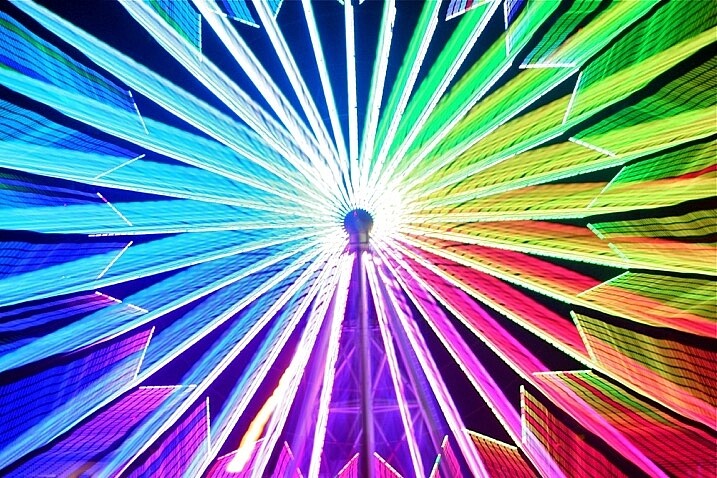
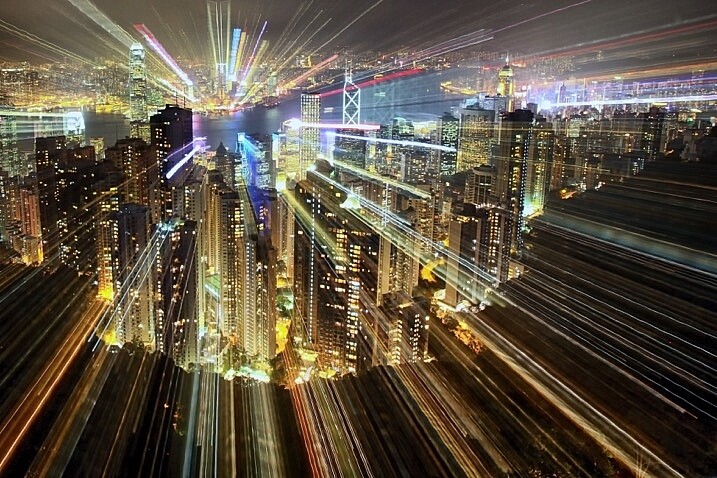

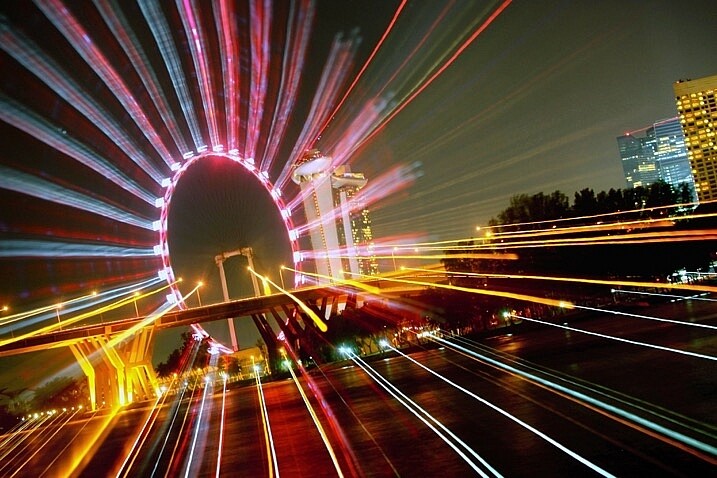
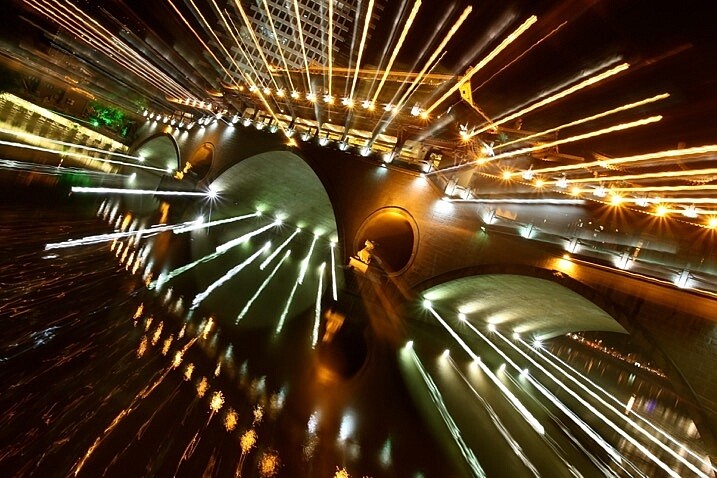

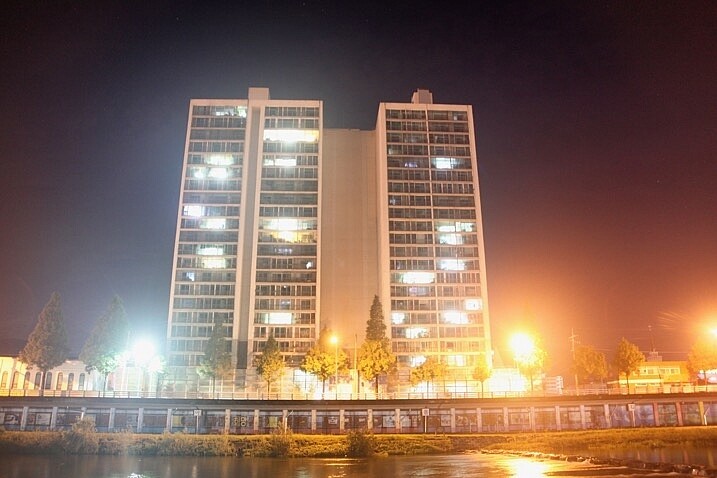
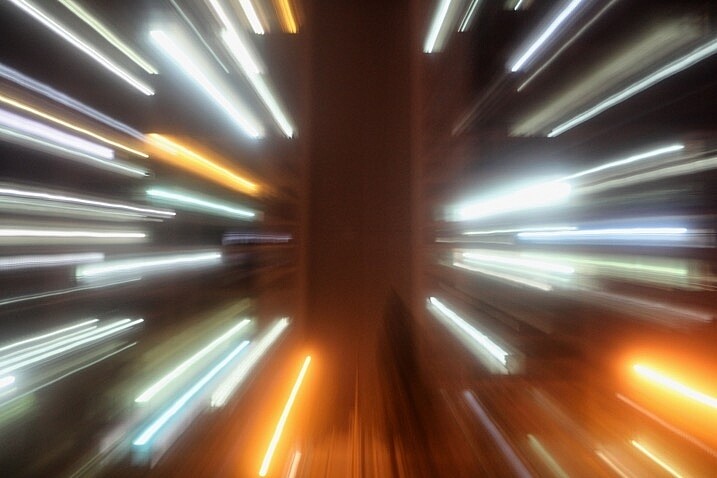
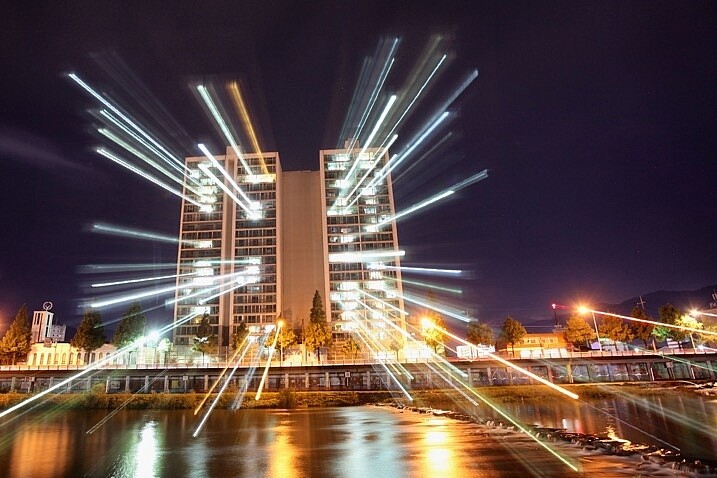











You must be logged in to post a comment.